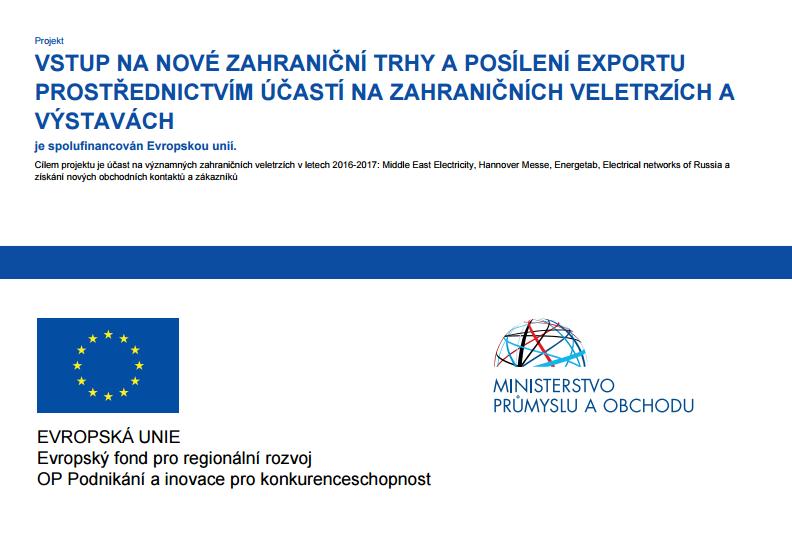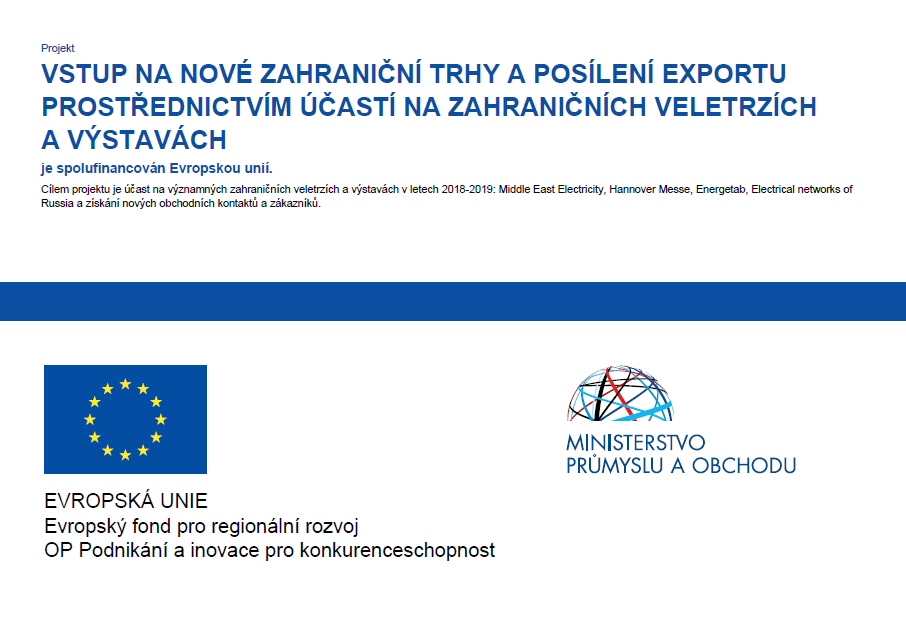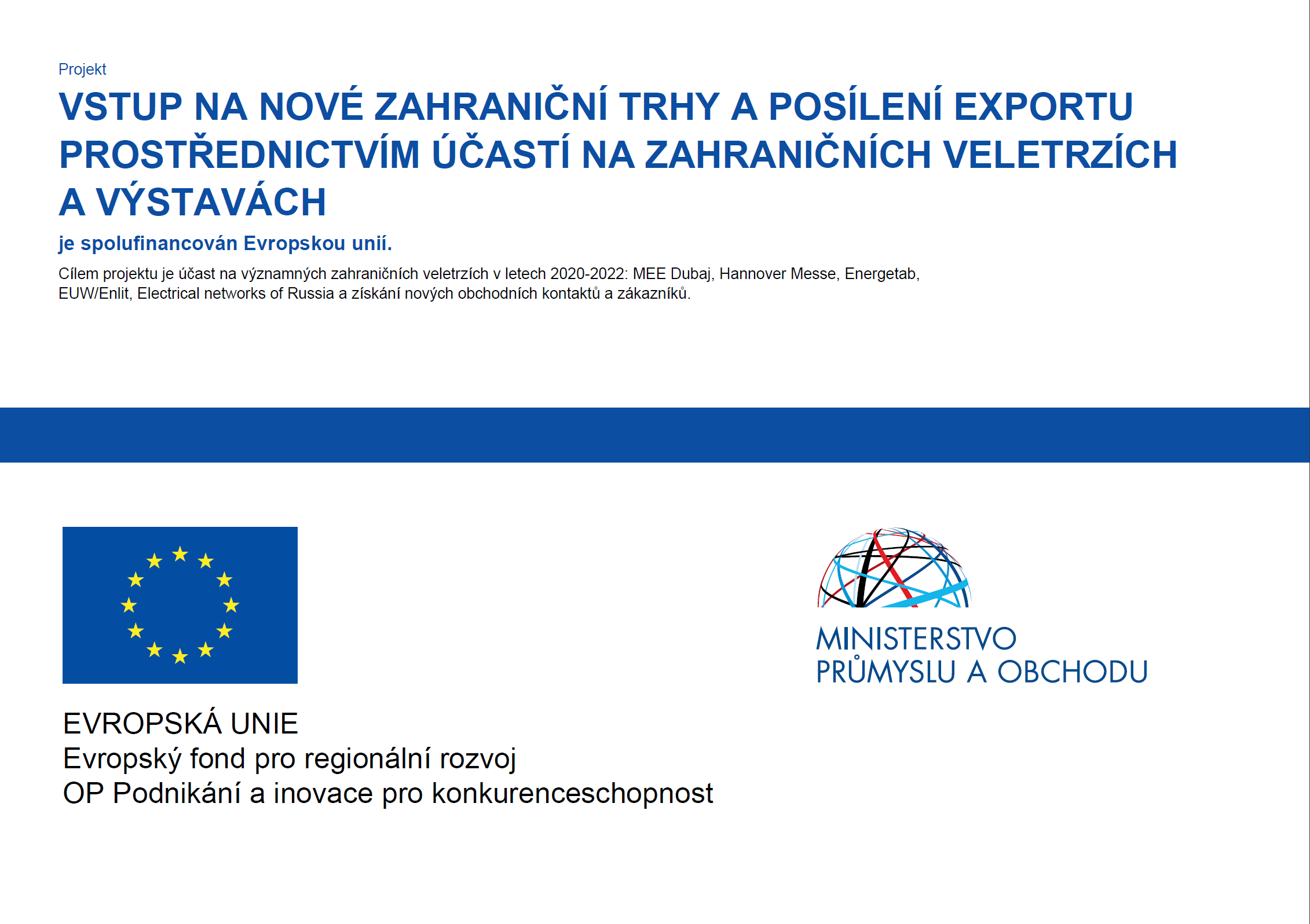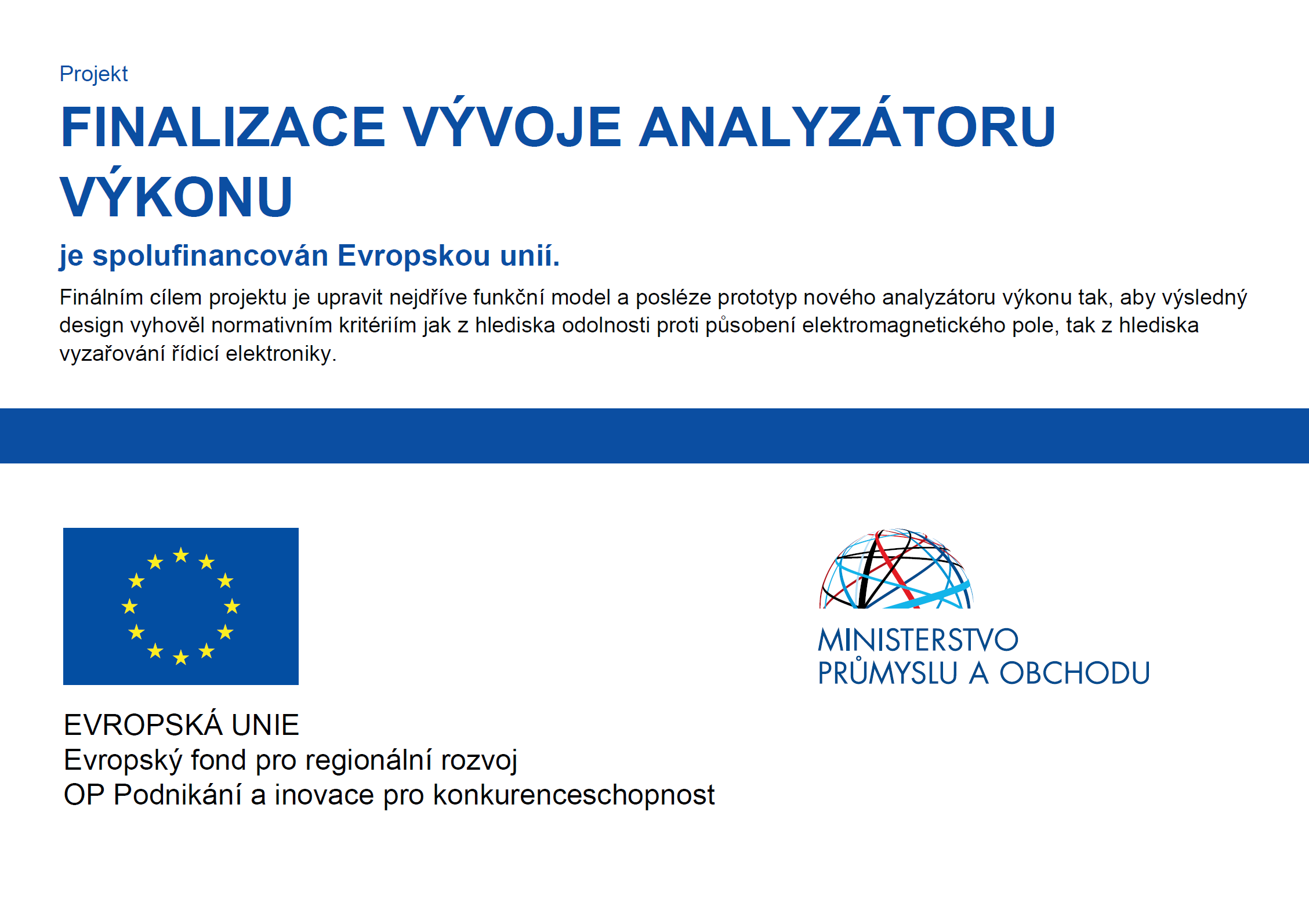TK04020053 Research and development of an electrical energy analyzer with electronic current sensors for monitoring feeders
The project focuses on the research and development of an electrical energy measurement system for energy networks with a large number of feeders/outlets. It is a power analyzer with a multiple number of current inputs. The target application is the digitalization of distribution transformer stations, monitoring of smart grids for industry and smart buildings.
The goal is to limit and increase the accuracy and reliability of measurements and offer a compact device for monitoring more complex units. We designed the design with the aim of facilitating and speeding up installation, saving the necessary space and associated costs, and eliminating sources of errors in wiring. Another goal of the project is to develop software for meter configuration, automatic data collection and analysis. The computational and presentation modules of the ENVIS application for the analysis of a large number of measured outlets were supplemented and significantly expanded. The tools for automated device management, creation of automatic reports and use of cloud services for storing larger volumes of archives from large monitored systems were completely redesigned.
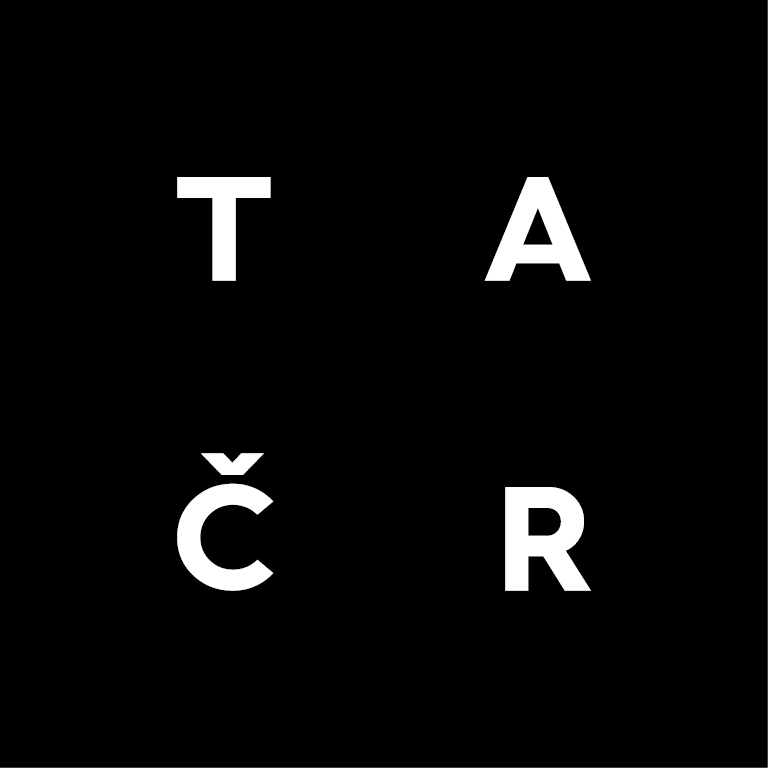
TK04020187 Development of a 2nd generation Vdip fault localization system
The aim of the project is to develop a 2nd generation Vdip system (Vdip2) for the localization of asymmetrical faults in high voltage systems, which extends the Vdip system. As part of the project, new localization system functionalities were developed, including for high-resistance faults and faults where an auxiliary resistor is not connected. As part of the development, the system was supplemented with the functionality of measuring synchronous phasors integrated into distributed measuring units and central monitoring of the quality of electrical energy of a distribution transformer station, outlet or power substation.
As part of the project, we participated in the research and development of a prototype of a distributed measuring unit of the Vdip2 system, enabling the localization of high-resistance faults in accordance with the requirements of patent EP2940483. The prototype integrates functions that ensure pre-processing and reduction of transmitted data to the center of the Vdip2 localization system. The prototype is equipped with a module for precise time synchronization (GPS) and a module for phasor measurement. Optionally, it can be supplied with the function of a class S power quality analyzer and provide data from the Vdip2 system for the calculation of the voltage quality index.

Aim of the project was to develop a complex solution providing measurement, monitoring and management in DC and hybrid AC/DC power grids in a form of a robust modular device contributing to the development of modern power grids. Instruments developed under this project included features and functionality of an electricity meter, analyzer and monitor of power and voltage quality in hybrid AC and/or DC systems. Modular concept simplified integration of other process variables and control resources of local system. In context of the project aim, the implemented device enabled high degree of modularity on HW, FW and also SW level. Key results of the project are the 2017V010 - Software for modular measurement system and 2017V003 prototype of the modular measurement system.

Main activity of the project is to provide our partners an appropriate solution in the area of power management in industrial environments. The aim of the project is to develop a prototype of a compact and inexpensive static switching module for real-time reactive power correction, thoroughly test it according to valid standards, to determine its technical parameters in a range of operating conditions and to prepare it for efficient automated production. At the same time the related controller unit will be upgraded so that it can efficiently manage a large number of real-time outputs and to record and aggregate larger volumes of process data for supervision systems (grid, building or industrial automation).

Aim of the project is a development of the complete system for location of asymmetric faults in medium voltage networks (V-dip system). The system utilizes distributed measuring units (DMU) installed on the secondary side of distribution transformers. It is designed to allow autonomous fault localization while respecting the current configuration and topology of the distribution network. The resultiong V-dip feature will be linked to dispatching systems to ensure quick and accurate localization of an earth fault. Distributed measuring units will be additionally equipped with a Class A power quality analyzer module and with optional signal analysis up to 9 kHz to offer additional functions to increase the benefits of the V-dip system. Verification of the system will be carried out on the basis of a pilot project.

In 2016, we received a grant from the Liberec county under the Program 2.2. Regional innovation program for the project 'Innovation of key ENVIS software for enhancing the utility of energy and network quality monitoring systems'. Project was delivered with the Czech Technical University in Prague (CVUT).
In 2018 we received a grant from the Liberec county under the program 2.2. Regional innovation program for the project 'Methods of evaluation of network interference in the band from 2 to 150 kHz'. Project was delivered through cooperation with Technical University in Liberec (TUL).
In 2019 we received a grant from the Liberec Region under the program 2.2. Regional innovation program for project 'Utilizing advanced methods of statistical data analysis to compress the database of electricity quality measurement and for easier evaluation by the user'. Project was delivered through cooperation with Technical University in Liberec (TUL).
In 2023 we received a grant from the Liberec Region under the program 2.2. Regional innovation program for project 'Voltage and current measurement modules for Unipi Iris PLCs'. Project was delivered through cooperation with Technical University in Liberec (TUL).


